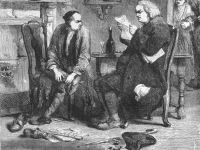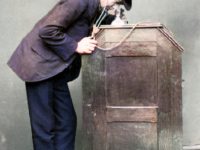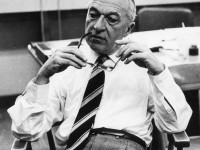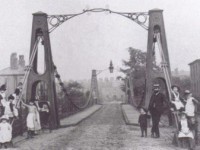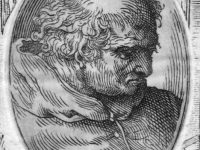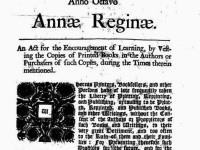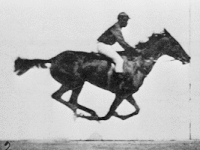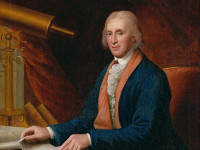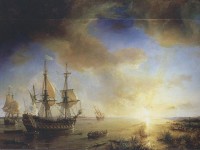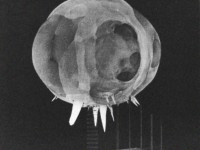Samuel Johnson and his Famous Dictionary
On April 15, 1755, after nine years of intensive labor, Samuel Johnson publishes his “Dictionary of the English Language”, sometimes published as Johnson‘s Dictionary. It is among the most influential dictionaries in the history of the English language. “I am not yet so lost in lexicography, as to forget that words are the daughters of earth, and that things are the sons of heaven. Language is only the instrument of science, and…
Read more

